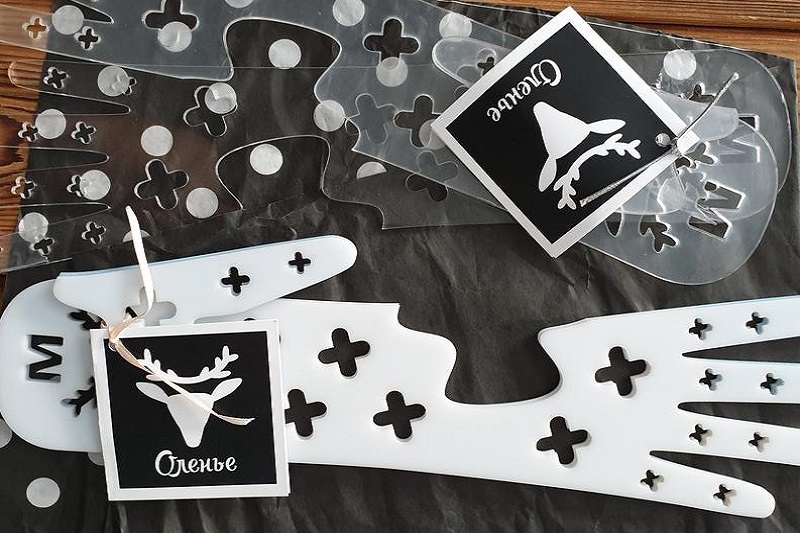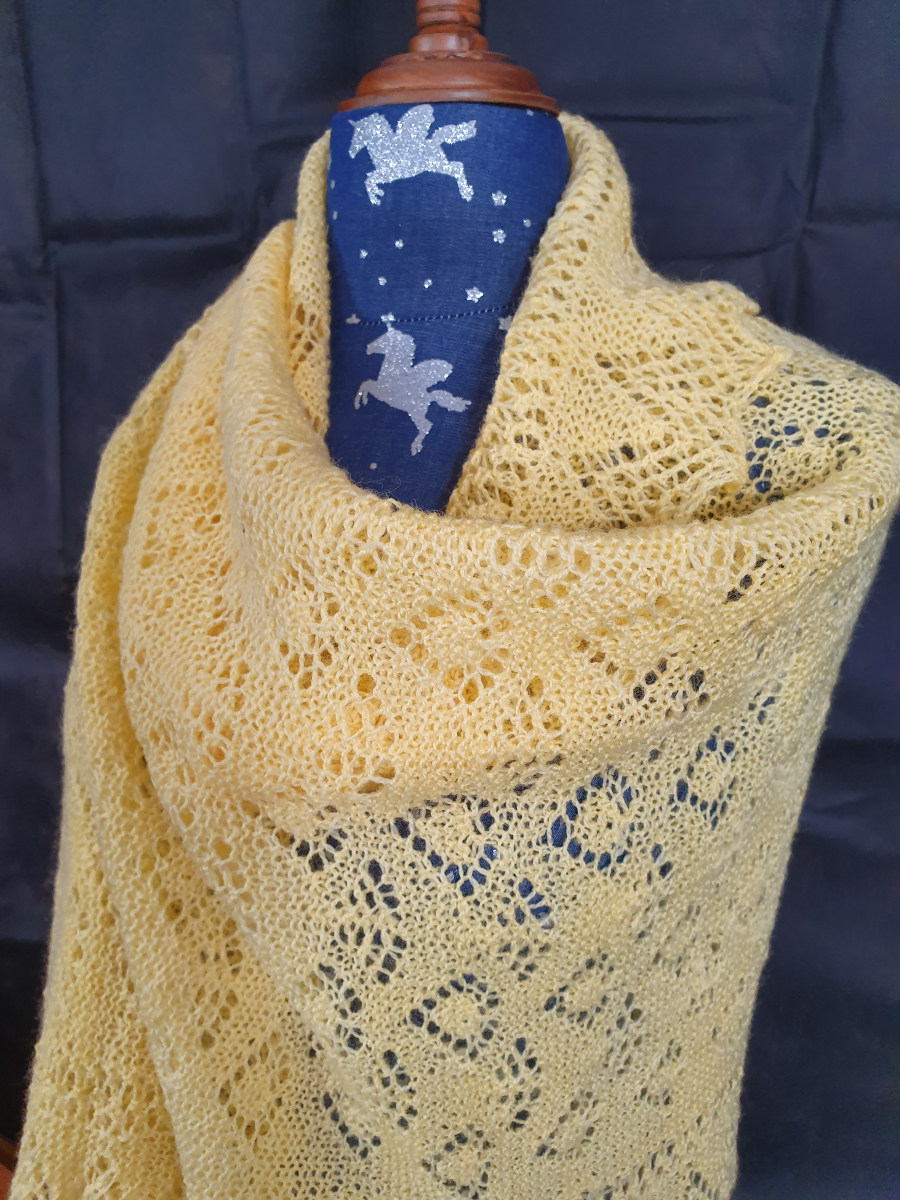Tools for Blocking Knitting
Quick Links
- Archived - Ask a Knitting Question
- Basic Knitting Stitches
- Beginner Knitting Patterns
- Knitting Abbreviations
- Needle Sizes Chart
- Tension Squares
- Yarn Comparison Chart
FYI: This site receives a small amount in commissions from affiliate links and third-party advertising.
Tools for blocking knitting are probably not one of the first items on your shopping list as a new knitter, but as you become more adventurous with your knitting, some of the projects you take on will require dressing before you can see the full effect of your stitch patterns.
Tools for Blocking Knitting #1: Foam Pads
Blocking Mats are foam pads or tiles that fit together a bit like a jigsaw puzzle. I bought mine from the local hardware store. They come in packs of four and are sold as temporary flooring in work areas to reduce the impact of walking or working on hard surfaces for long periods of time. In fact the first time I purchased a set it was to go on the concrete floor under my quilting frame so that I didn't get sore feet and legs when I was spending hours manual quilting my home made quilts.
These pads are perfect for the task. Each one measures 50 cm x 50 cm and are 9.5 mm thick and you get the set of four for around $10.00. You can buy blocking pads from specialist knitting retailers but honestly, those pads cost quite a bit more and mine do exactly the same job and I use them all the time.

© Bunnings Warehouse Australia | Interlocking Foam Tiles
I lay the tiles out on the floor, on my bed or on a table to the size I need (it varies depending on the item of knitting being blocked) and can easily pin the knitting to the tiles using my T pins.
Tools for Blocking Knitting #2: Pins, Wires and Rods
I use T pins, some that I bought from a seller on eBay and some that came with the knitting wires that I bought on Etsy. They are perfect for pinning out my lacework when I am blocking them but honestly any good quality sewing pins would do the same job. You just need to make sure they are stainless steel and rust proof.
The blocking wires are curved and I use them to block round shawls. You just thread the wires through the points and pin them to the shape you want your knitting to be. The rods that I use are 100 cm long stainless steel welding rods and I use them in the same way but for straight edges.
© BacuJIucka (Etsy Store) | Blocking Knitting with Wires and Rods
You certainly don't need rods or wires for blocking knitting, but they definitely do aid the process considerably!
Tools for Blocking Knitting #3: Blocking Forms
The only blocking forms I have at the moment are forms for blocking hand knitted gloves but you can get them for socks and for jumpers as well.
© SOCKSBLOCKERS (Etsy Store) | Blocking forms - gloves
Mine were purchased from an Etsy store, the owner is based in Moscow. I love that I am able to find and purchase my knitting supplies from across the world these days. I have made purchases from crafts people from both hemispheres and I buy lace weight wool that is impossible to get in Australia from several different countries. The internet is so cool...
Tools for Blocking Knitting #4: Hap Frames
Shetland Islanders have been knitting shawls and blocking them on hap frames for longer than any one I know has been alive. And I have one!

© Unknown (on kddandco.com) | Shetlanders using Hap Frames
Mine was made for my by a very good friend (thanks Clive) using the instructions I found on the KDD & Co website. Basically it is four pieces of smooth timber with evenly spaced dowels along them. The four pieces join together to form a square (or a rectangle if that is the shape of your knitted item). A strong thread is feed through the points or the border edge of the shawl and
Couldn't Find What You Were Looking for?
Try searching the site using the search box below:


Recent Articles
-
Shetland Knitting and Shetland Knitters
Feb 07, 21 07:44 AM
Shetland knitting and the women in the Shetland Isle who create Shetland lace are among the best knitters in the world. -
Fixing Knitting Mistakes
Jan 28, 21 02:35 AM
When you are learning how to knit, you are going to make a few mistakes. It might not make you happy but fixing knitting mistakes is par for the course. -
Shetland Lace Knitting
Dec 11, 19 07:03 PM
Shetland Lace Knitting is a particular style of knitting that developed in the Shetland Islands and was one of the main exports of the Island early in the last century.
 >
>







